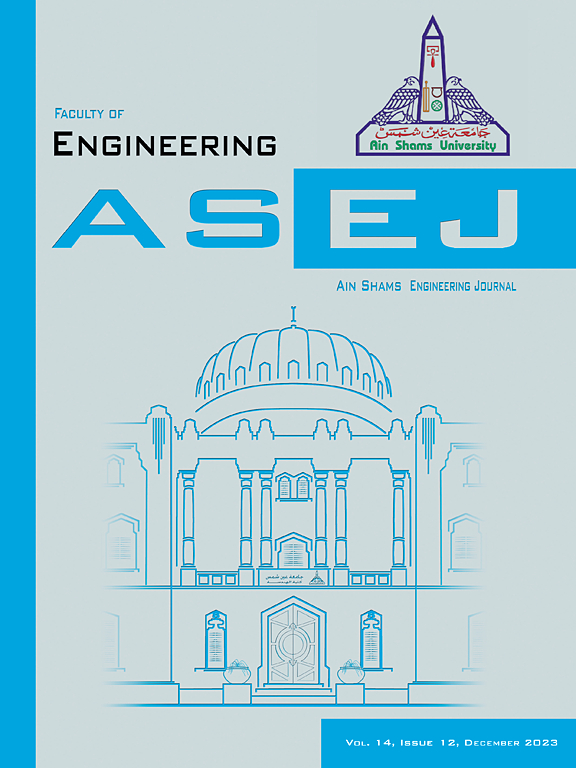Detection of community emotions through Sound: An Investigation using the FF-Orbital Chaos-Based feature extraction model
IF 6
2区 工程技术
Q1 ENGINEERING, MULTIDISCIPLINARY
引用次数: 0
Abstract
Community Emotion Detection (CED) is important to public safety and sound forensics. It enables the analysis of collective emotions in dynamic environments such as public events, protests, and emergencies.
This research presents a new, cost-effective, automatic, and self-organized classification model for CED. The major objective of this research is to show the effectiveness of signal processing in the CED research area. The largest known CED sound dataset was constructed for this study. This dataset was curated to investigate the presented automated CED model’s classification capability. The curated CED sound dataset consists of 5,051 three-second overlapping sound samples categorized as negative, neutral, and positive emotions. This dataset increases the model’s generalizability by reflecting diverse acoustic and emotional scenarios.
A self-organized feature extraction function, called the Forward-Forward Pattern-Based Feature Generator (FF-Orbital), is introduced. The FF-Orbital autonomously selects the most suitable pattern from six predefined patterns. This eliminates the need for manual feature engineering. Additionally, a multi-level feature extraction method is enabled by integrating the Unbalanced Tree Multilevel Discrete Wavelet Transform (UTMDWT). This method generates frequency bands that provide extract spatial and frequency-domain features. Iterative Neighborhood Component Analysis (INCA) has selected the most informative features. INCA is a self-organized feature selector. Classification is then performed using a Bayesian-optimized Support Vector Machine (SVM).
Tests were conducted using 10-fold cross-validation. The model achieved a classification accuracy of 98.81%. These results demonstrate the usability of the CED model and its effectiveness in digital forensics, public safety, and community-level sentiment analysis.
This work makes a significant contribution to the CED research domain by providing a feature-engineering-based alternative to resource-intensive deep learning models. The results show that the proposed model is valuable for signal processing and sound forensics.
求助全文
约1分钟内获得全文
求助全文
来源期刊

Ain Shams Engineering Journal
Engineering-General Engineering
CiteScore
10.80
自引率
13.30%
发文量
441
审稿时长
49 weeks
期刊介绍:
in Shams Engineering Journal is an international journal devoted to publication of peer reviewed original high-quality research papers and review papers in both traditional topics and those of emerging science and technology. Areas of both theoretical and fundamental interest as well as those concerning industrial applications, emerging instrumental techniques and those which have some practical application to an aspect of human endeavor, such as the preservation of the environment, health, waste disposal are welcome. The overall focus is on original and rigorous scientific research results which have generic significance.
Ain Shams Engineering Journal focuses upon aspects of mechanical engineering, electrical engineering, civil engineering, chemical engineering, petroleum engineering, environmental engineering, architectural and urban planning engineering. Papers in which knowledge from other disciplines is integrated with engineering are especially welcome like nanotechnology, material sciences, and computational methods as well as applied basic sciences: engineering mathematics, physics and chemistry.
 求助内容:
求助内容: 应助结果提醒方式:
应助结果提醒方式:


